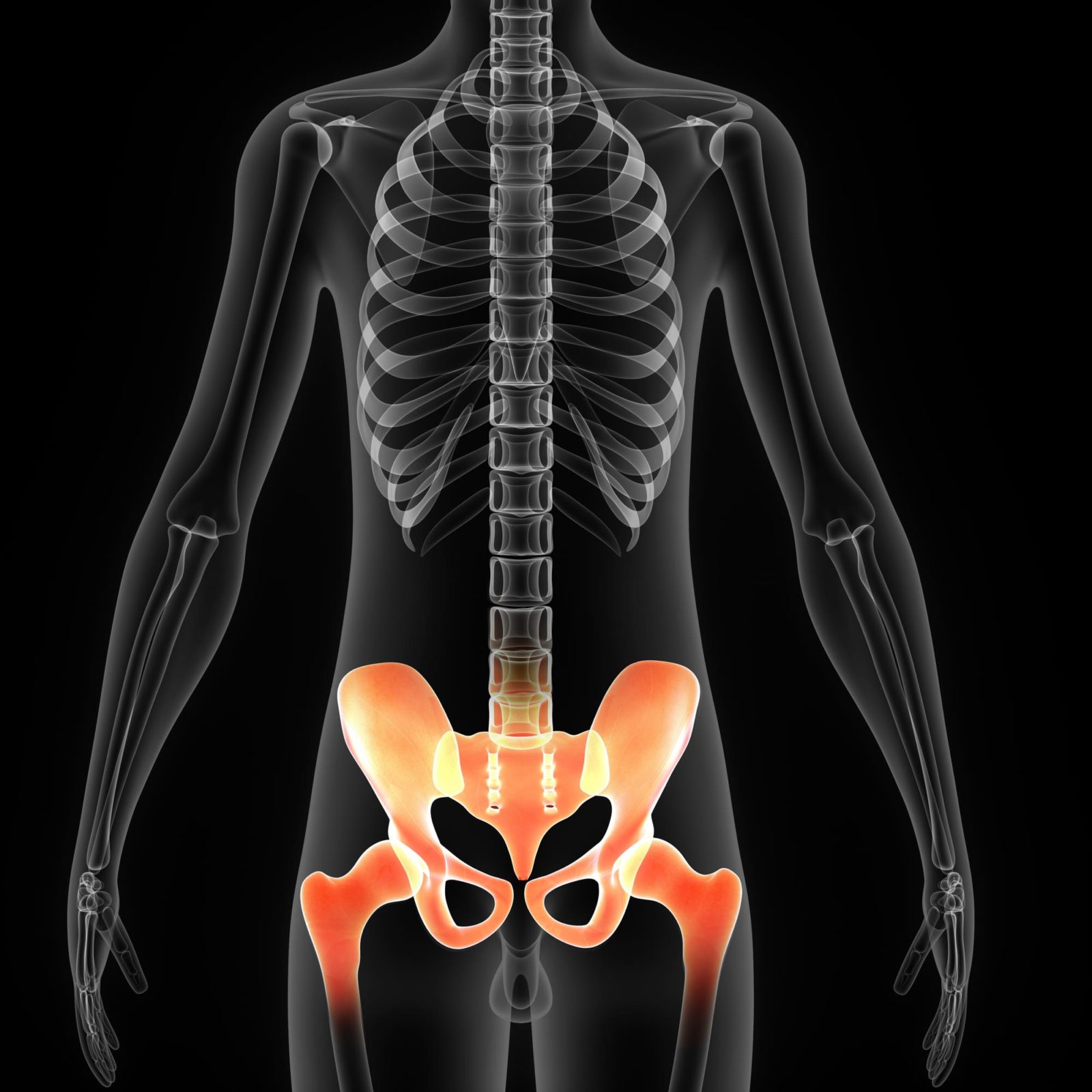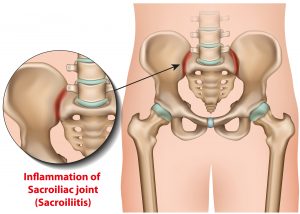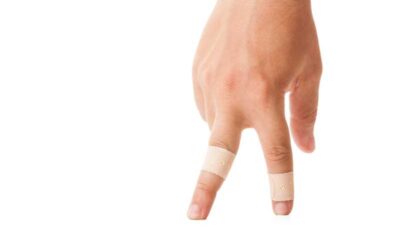What causes injury to the Sacroiliac joint?
Before we talk about treatment, we must understand what is causing the pain in the sacroiliac joint.
The SI joint can become painful when the ligaments are too loose or too tight. This can occur as a result of a fall or car accident or it can be due to small traumas in the past. As we get older, the bones in our body become arthritic and ligaments stiffen. This results in damaged cartilage which in turn causes bones to rub against each other and generate pain.
Pregnancy can cause SI joint pain as well. During pregnancy, a woman’s body releases hormones that allow muscles and ligaments to sufficiently relax. When these ligaments – which are holding the SI joint together – are relaxed, they allow increased movement in the joint.
Increased motion in the SI joint results in excessive stress on the joint capsule which can cause inflammation and pain.
Additional weight due to pregnancy and abnormal gait also adds up to SI pain. The uneven walking pattern which is usually seen in people with uneven limbs or arthritis in hips or knees can also cause SI joint pain.
In rare cases, infection in SI joint, autoimmune diseases such as axial spondylarthritis, and surgical procedure of foot or ankle can also cause SI joint pain. The pain can be aggravated by prolonged standing, running, bearing weight unevenly on both legs, climbing stairs and taking long strides.
What are the signs and symptoms of Sacroiliac joint pain?
Gaining full knowledge about signs and symptoms of SI joint pain is the key step towards the correct diagnosis and corrective treatment of the SI joint. A chiropractor will usually make a diagnosis based on the history and signs and symptoms related to the condition.
This requires in-depth research, as SI pain can often mimic other conditions. The most common signs and symptoms are listed below:
- Pain in lower back and buttock
- Pain in one or both sides over the joint
- Pain can also radiate to lower hip, groin area and front of the thigh
- Numbness and tingling in the leg
- Feeling weakness in the leg
- Pain after lifting or twisting the limb
- Pain may worsen with sitting, climbing, standing or bending forward
- Sleeping on the affected side tends to increase pain
- Pain during transitional movements such as going from sitting to standing or standing on one leg
- Pain is relieved to some degree when lying down
- The sensation of Pins and needles
Chiropractic treatment for Sacroiliac joint pain
Our highly trained Doctors of Chiropractic can help relieve pain by making adjustments and stabilize the joint. They will use techniques that move your muscles and joints without causing any pain or stress.
Modern equipment and techniques used at our clinic such as a flexion-distraction table and Si belt support will help make your SI joint pain go away. The Doctor of Chiropractic will also help you restore motion in the SI joint, through a corrective adjustment.
Adjustments are generally performed using either one or a combination of two approaches.
This includes spinal manipulation to decrease the stiffness of the joint and increase the joint’s range of motion. Spinal mobilization is another approach to restoring proper SI joint function.
A chiropractor may choose a mobilization technique over a manipulation technique, depending upon the patient’s preference, body weight, and inflammatory concerns.
To prevent becoming a chronic or recurrent sufferer, your chiropractor will evaluate your core stability and do the right type of exercises as taught by a qualified chiropractor.
Sacroiliac joint pain is a prevalent disorder that affects your sacroiliac joint, otherwise called the SI joint. Misalignment of one or both joints can cause swelling which can stress the cartilage, causing the joints to become painful.
Once this condition has been identified and treated, it’s important to make adjustments to the way you move in order to help prevent reoccurring injuries. A chiropractor will first take your health history and conduct a medical exam to determine the cause of SI joint pain this will help them to assess any changes that may be needed beyond treatment
Of course, the first goal of every chiropractic treatment is always to relieve the pain of the patient which is done by multiple methods such as pelvic traction. Core stability exercises can treat SI joint pain effectively. With the help of chiropractic treatment, you will be able to move your hip and lower limb during movements like sitting, standing, running without any pain.
It’s important that you follow the instructions of your physician and chiropractor to achieve the best possible results. If you feel this may be something you are suffering with and need some help, then give us a call and we’ll be happy to assist you.





